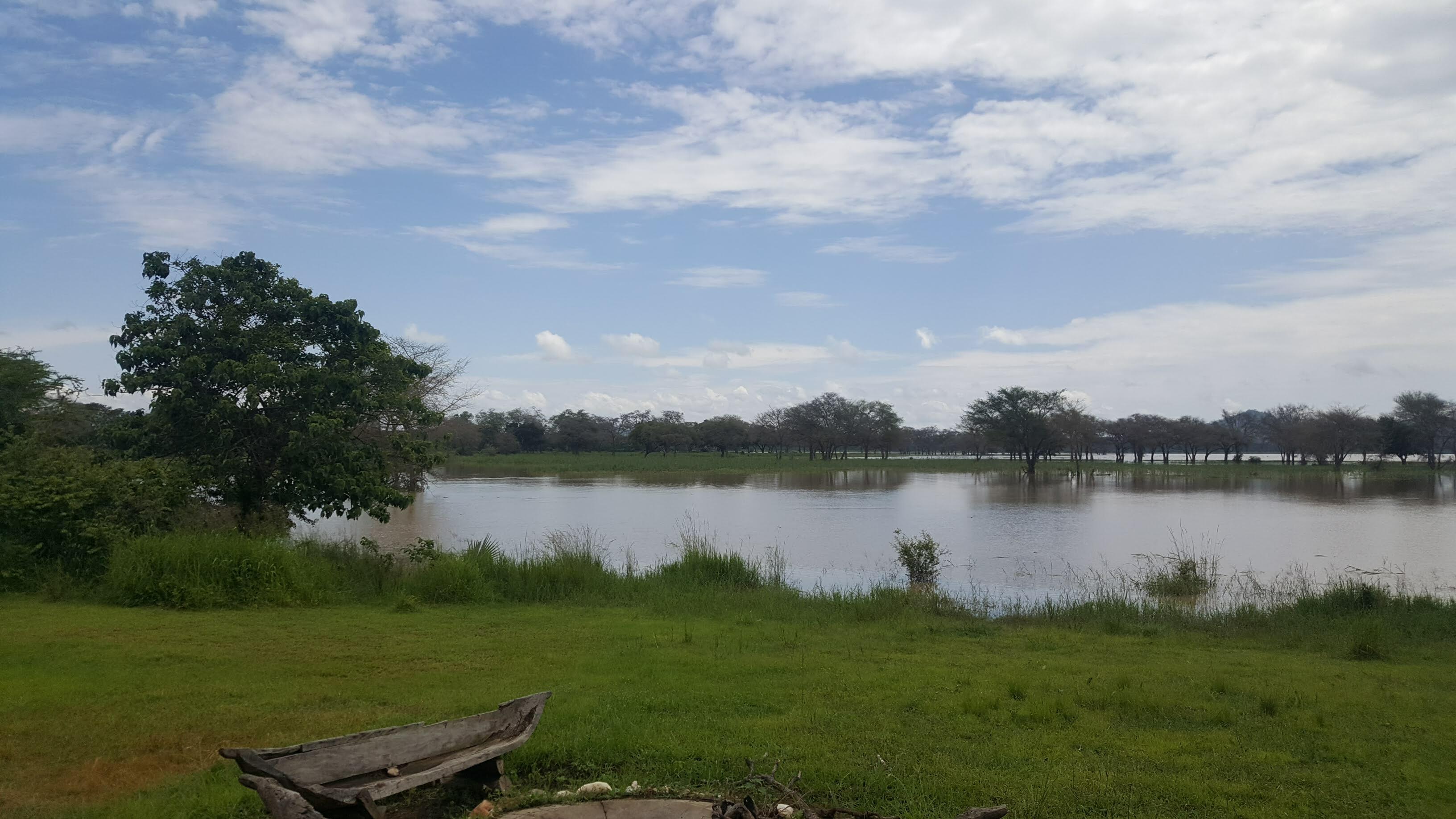
Researchers at LSTM have been awarded around £1M from the Medical Research Council, to produce an evidence-based tsetse control programme that reduces the risk of Rhodesian sleeping sickness within the local communities surrounding the Vwaza Marsh Wildlife Reserve.
Based around the reserve in the north of Malawi, Strengthening Resilience against Sleeping Sickness in Malawi (STRESS) is a three-year project in partnership with Kamuzu University of Health Sciences, the Malawi-Liverpool-Wellcome Trust (MLW) Clinical Research programme and the University of Glasgow. Funded by the MRC Infections & Immunity Board it brings together experts in tsetse fly biology and trypanosome biology.
LSTM’s Dr Chris Jones leads the project. He explains: “While Rhodesian Sleeping sickness is the less common form of human African trypanosomiasis, this part of Malawi reports the highest number of cases in Africa. A recent spike of cases at the local district hospital has promoted an investigation into the potential drivers of disease transmission, and while control tools that we have in place for other types of tsetse fly are not as effective with this vector, control of the tsetse population will still likely be the most effective means of reducing transmission.”
Rhodesian Human African Trypanosomiasis (HAT) is caused by the parasite Trypanosoma brucei rhodesiense transmitted by ‘savannah’ species of tsetse flies. It is a zoonotic disease associated with conservation areas of East and Southern Africa and people and livestock living on the periphery of these areas are at risk of Rhodesian HAT infection.
Vwaza Marsh Wildlife Reserve forms part of the 30,000 km2 Malawi-Zambia Transfrontier Conservation Area in northern Malawi. The Reserve is home to a diverse wildlife including the largest population of elephants in north Malawi.
STRESS will investigate the ecology of tsetse flies at the wildlife reserve perimeter edge using entomological trapping, environmental and wildlife mapping, and tsetse population modelling. Furthermore, the team will sequence trypanosome species in various hosts to understand the local dynamics and virulence of the disease. This information will be used to deliver a tsetse fly control programme based on insecticide-treated targets to protect communities living on the edge of Vwaza.
Dr Jones continued: “The only proven method of eliminating Rhodesian sleeping sickness from conservation areas is through the elimination of tsetse, but the mobility of tsetse means that vector control must be applied over large areas and few countries can afford such large and complex interventions. We will test the hypothesis that communities at greatest risk of HAT infection can be protected by deploying insecticide-treated targets in restricted parts of the neighbouring conservation area where tsetse and wild hosts are abundant, providing a more affordable and sustainable means of control. Killing tsetse within the reserve will reduce the numbers biting humans outside.”